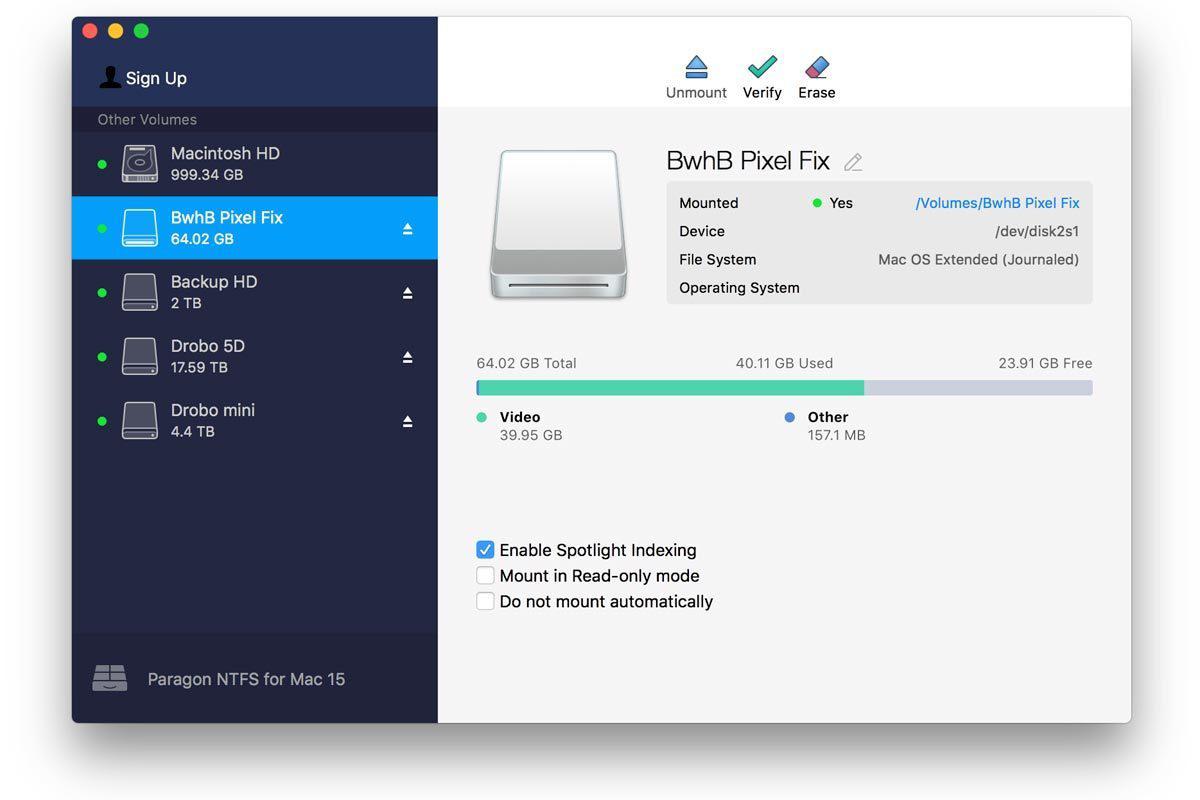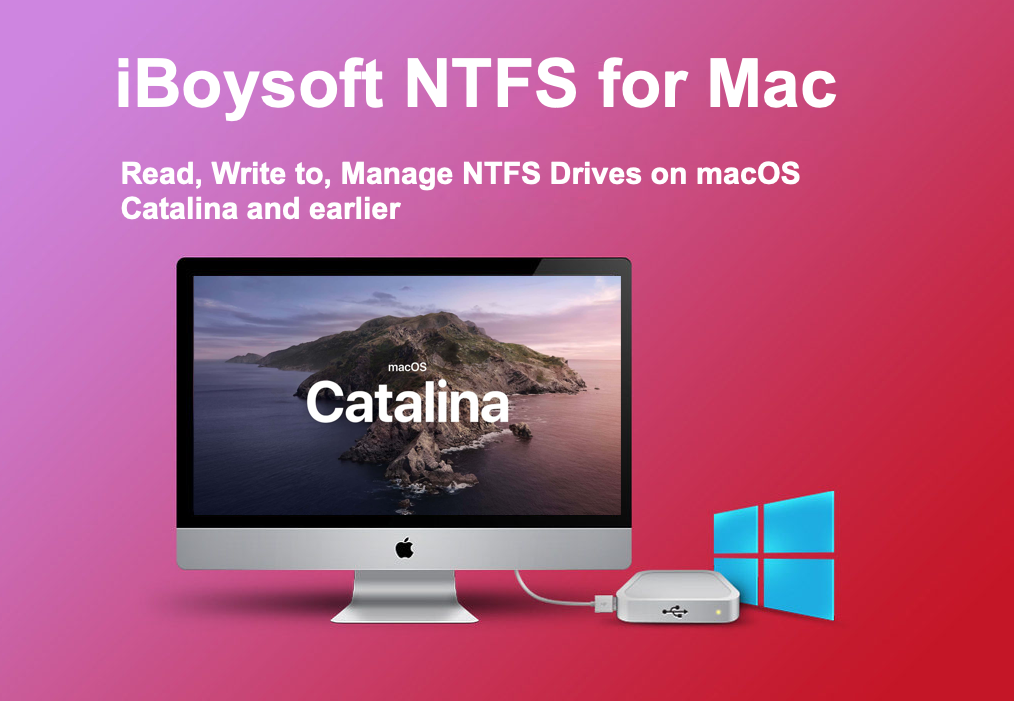

- How to ntfs on mac how to#
- How to ntfs on mac install#
- How to ntfs on mac full#
- How to ntfs on mac software#

Type in any wrong letter and you may lose the data forever. However, if you insist to do so, please follow the guide with extreme caution. Due to its instability and possibility to damage both your data and computer, we do not recommend running command line in Terminal to have read-write to your NTFS drive. Now the drive is given a fresh start and you should be able to read-write to the drive.Īs it’s previously stated, this method is only an experimental feature offered by Apple. Step 4: Type in Name and choose a format for your NTFS drive (exFAT and FAT are recommended). Step 2: Select the NTFS drive from the sidebar. Step 1: Go to Applications > Utilities > Disk Utility. Once they are settled down, follow the steps below to give your drive a file system that’s compatible with both Windows operating system and macOS. Therefore, you are suggested to back up your files before formatting your NTFS drive to another file system. One thing you should be aware of is that formatting will erase all your previous data. Solution 2: Format your drive into FAT file system Step 3: After successfully mounting the NTFS drive, you can open it in the drop-down menu bar and write to it as you normally do on a Windows computer. Step 2: Restart your Mac, and then connect an NTFS drive to Mac.
How to ntfs on mac install#
Step 1: Download, install and launch iBoysoft NTFS for Mac.
How to ntfs on mac how to#
How to use iBoysoft NTFS for Mac on macOS 11 and Apple Silicon M1 Mac It can definitely meet your needs for mass file management. Meanwhile, it supports 60,000+ file transfer on NTFS drives, almost an unlimited amount for normal users.
How to ntfs on mac full#
IBoysoft NTFS for Mac grants full read-write access to 4K hard drives that are designed to store mass data.

Support Drives with Mass Capacity and 60,000+ Files Sharing
How to ntfs on mac software#
Apart from the view, unmount, and erase tool, iBoysoft NTFS for Mac offers a completely new format option that demonstrates the high integrity between the software and your M1 Mac – users now can format a non-NTFS drive into Windows NTFS directly in Disk Utility. The deep integrity applies to Disk Utility as well. You can also use the NTFS drive as the backup disk for your Time Machine backups. You can directly tag, airdrop, duplicate, rename, and move the files to Trash from an NTFS drive in Finder. IBoysoft NTFS for Mac features high integrity with macOS Finder. At the same time, all operations are done in a secure environment where you don’t need to worry about data corruption or file loss.ĭeep integrity with Finder and Disk Utility You can enjoy better read-write performance on NTFS drives with blazing fast speed on the M1 Mac. IBoysoft abandons OSXFUSE and develops its own independently programmed file system driver, which ensures NTFS drives can be mounted as native drives. Secure, fast, and native read-write access to NTFS drives Among them, iBoysoft NTFS for Mac is the world’s first software to ensure full compatibility with macOS Big Sur and Apple Silicon M1 Mac. However, since the introduction of macOS 11 and Apple Silicon M1 chip, most software is yet incompatible with new ARM-based Macs and only a few NTFS software can guarantee you both read and write access to NTFS drives on Mac. Compared with other solutions, a third-party software – NTFS for Mac is the best way to enable writing support to NTFS drives on macOS. How to successfully and efficiently troubleshoot NTFS read-only issue on Mac? This post lists three solutions for you. So far, writing to NTFS drives has always been a headache for Mac users. Users have reported disk corruption and data loss with this method. This issue might be caused by compatibility and Apple has not offered a satisfying answer yet.Īpple does provide experimental writing support to NTFS drives which requires running command line in Terminal to modify the Kernel extension, but it’s disabled by default due to the volatility. It’s complained by Apple users on the forum that M1 Mac can’t even see files or folders on an NTFS drive. However, things might be tougher with the new Apple M1 Mac. Theoretically speaking, you should read NTFS drives on macOS with ease.


 0 kommentar(er)
0 kommentar(er)
